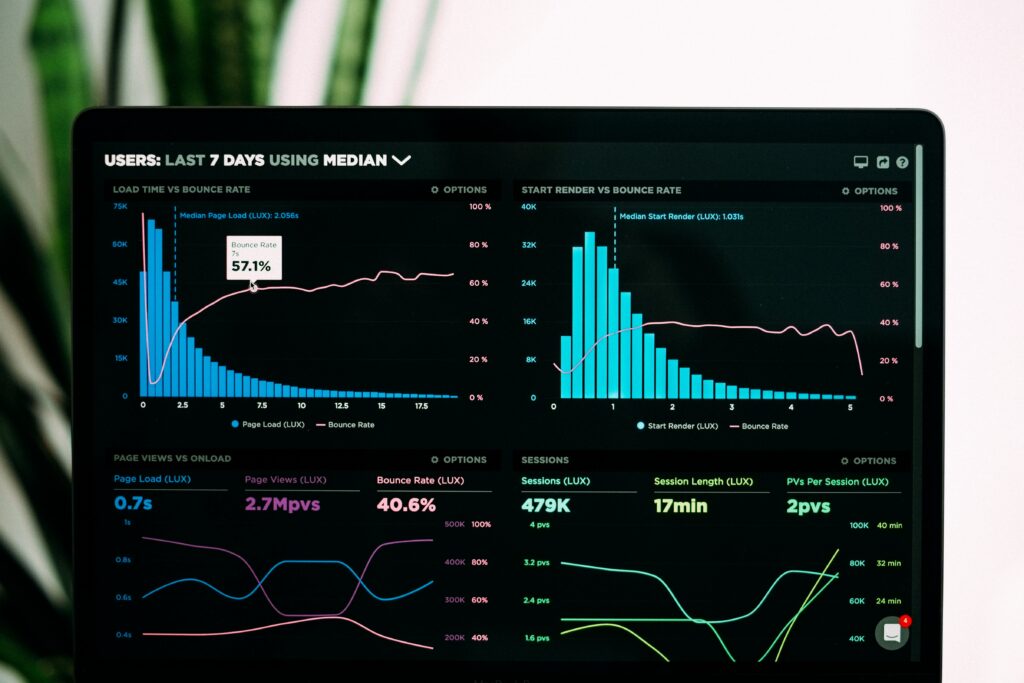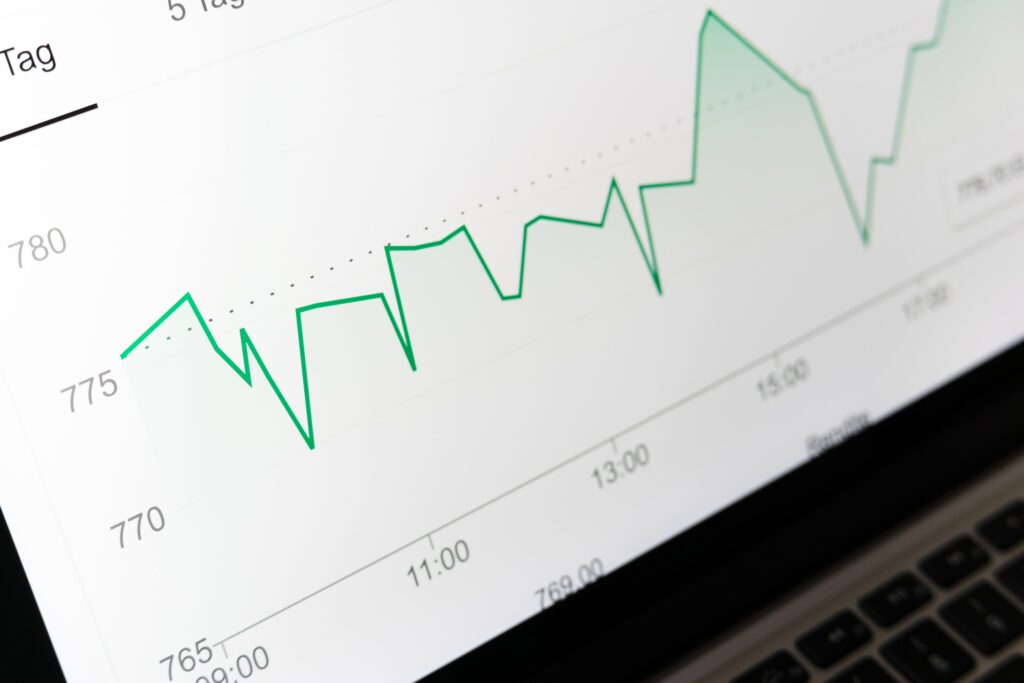Certain legal operation metrics help to demonstrate the overall health of your patent prosecution, thus helping your company meet its business goals more closely. Metrics allow you to show how the work your department performs, reduce risk, create opportunities, protects revenues or profits and counteracts competitive threats.
Corporate legal departments are investing more time and resources in understanding how their operations are currently performing to align better with business strategies.
These metrics help evaluate the productivity, quality, and cost-effectiveness of patent prosecution activities, allowing stakeholders to make data-driven decisions, optimize processes, and improve outcomes. Some common legal operation metrics in patent prosecution include:

Establishing Key Performance Indicators (KPIs)
Establishing an effective KPI program starts by outlining your law firm’s objectives, which help in determining which metrics to track. In gauging efficiency of legal operations in Patent Prosecution, some of the metrics to track include:
1. Application Filings
This metric tracks the number of patent applications filed within a specific period. It provides insights into the volume of patent work being handled, which can be useful for workload planning and resource allocation.
2. Prosecution Timelines
Monitoring the time taken at different stages of the patent prosecution process, such as drafting, filing, responding to office actions, and obtaining a final decision, helps assess efficiency and identify bottlenecks. Timely prosecution is crucial for securing rights in a timely manner and maintaining a competitive edge.
3. Application Abandonment Rate
This metric measures the percentage of patent applications that are abandoned during prosecution. It helps assess the quality of the patent portfolio and the effectiveness of the prosecution strategy. A high abandonment rate may indicate a need for improvements in the patent drafting, search and examination strategies, or allocation of resources.
4. Patent Office Allowance Rate
The allowance rate indicates the percentage of patent applications that are granted by the patent office. Monitoring this metric helps evaluate the effectiveness of the prosecution strategy and the quality of the drafted applications. A high allowance rate suggests a strong patent portfolio and successful prosecution efforts.
5. Cost per Application
This metric quantifies the average cost incurred per patent application. It includes expenses such as drafting, filing fees, prosecution fees, attorney fees, and other associated costs. Tracking the cost per application helps assess the cost-effectiveness of the patent prosecution process and aids in budgeting and cost control efforts.
6. Outside Counsel Spend
This metric measures the amount spent on external patent attorneys or law firms for prosecution services. It provides insights into the allocation of resources and helps evaluate the efficiency and cost-effectiveness of engaging outside counsel.
7. Quality Metrics
Quality metrics assess the quality of the patent applications and granted patents. These metrics may include the number of granted patents upheld in litigation, the number of patents cited as prior art, or the number of patents successfully licensed or monetized. Monitoring quality metrics helps gauge the value and strength of the patent portfolio.
Once you’ve decided which metrics to track, then comes gathering and analyzing data – although this may be time consuming it is necessary for producing meaningful and actionable results from your efforts.
By tracking and analyzing these legal operation metrics, stakeholders can identify areas for improvement, measure the performance of patent prosecution activities, allocate resources effectively, and optimize the overall patent prosecution process to achieve better outcomes.

Inventions or Ideas
Patents are an intellectual property right that protects an invention or idea behind products, services and businesses. There are various criteria that can help one determine whether an idea qualifies as an invention. They include its unique or novel nature, how well it solves a problem or offers significant improvements over existing technology. If an idea doesn’t seem novel or original enough for patentability considerations it will be rejected.
Inventions or ideas themselves are not typically considered a metric in legal operation in patent prosecution. Rather, they are the subject matter of the patent applications being prosecuted. However, the number and nature of inventions or ideas can indirectly influence certain metrics and aspects of patent prosecution.
For example, the volume of inventions or ideas generated within an organization can impact metrics such as patent application filings. A higher number of inventions may result in a larger number of patent applications being filed. This metric helps gauge the level of innovation and the workload of the legal department or law firm involved in patent prosecution.
Additionally, the quality and novelty of the inventions or ideas play a crucial role in the success of patent prosecution. The novelty and inventiveness of an invention are key factors in determining its patentability. If an invention lacks novelty or is obvious, it may face rejections or objections during the examination process, potentially affecting metrics such as application abandonment rate or allowance rate.
Furthermore, the complexity and technical nature of inventions or ideas can impact metrics related to the duration of prosecution timelines. Highly complex inventions may require additional time for drafting robust patent applications or responding to complex office actions, potentially leading to longer prosecution timelines.
Priority Filings
Priority filings can provide an accurate way of tracking progress in patent applications, yet their numbers may be altered by factors that impede prosecution efficiency such as the number of office actions filed and staff involved in prosecution.
Revenue generated from patent licensing and litigation is another KPI to consider when evaluating a patent portfolio’s performance, such as up-front or back-end cash fees, quarterly/annual/other royalty payments as well as debt and equity securities that might exist as part of it.
One of the key elements in securing valid priority rights is disclosing its subject matter in an earlier application from which priority is claimed, although this requirement varies by jurisdiction.
An additional key consideration is the filing date of the initial application, commonly referred to as its priority date.
Priority dates represent the earliest filing dates of patent applications related to an invention or innovation, which may differ depending on its type and country of initial filing.
If a patent application involves international or foreign filing, its priority date will generally be defined by its initial filing date.
Domestic applications may also claim priority dates if filed after an international or foreign filing but within a year after it. This can be accomplished by filing a continuation application that asserts priority to an original utility application that claims priority to an earlier US provisional application.
Priority dates are an integral component of the USPTO examination process. They establish which references qualify as prior art against a patent application and thus how far back an application must go in order to receive patent protection. Priority dates play both a legal and practical significance for applicants; so it must be carefully calculated in order to achieve optimal results.

Innovations with at least one granted patent or trade secret
A company’s number of innovations that have at least one granted patent or trade secret is an important metric for measuring its patent prosecution legal operation’s efficiency, particularly when the total sum disclosed inventions is low; this allows a firm to gauge their overall patenting efficiency against those within their industry.
As the number of innovations with at least one granted patent increases, so too does its impact. Trade secret grants provide long-term protection for innovative technologies and inventions which may be difficult to patent – for instance WD-40 and Coca-Cola are still widely used today as examples of such protection.
Other innovation-related metrics may also be considered when assessing a company’s patent prosecution legal operation, including total number of pending applications, office actions taken and patent grants issued, number of innovations with at least one claimed innovation and number of innovations with at least one enumerated claim.
These metrics provide a vital measure of a company’s patent prosecution efficiency by taking into account examiner difficulty and likely outcomes for each case. For example, an application which receives three office actions would be considered unsuccessful by this metric while one granted by an especially difficult examiner would count as successful.
Companies should select metrics most appropriate to their patent prosecution legal operations, which may prove challenging given the multitude of available metrics and measurements; however, practical measures will likely prove suitable for most companies.
Choosing the Right Metrics for Efficiency
Selecting the right metrics can be a tricky process since it influences the outcome of a process and has an impact on the quality of the results obtained. However when done well, it helps track progress, identify areas for improvement, and align legal operations with business objectives. Some factors to consider when deciding which metrics to are as follows:
1. Alignment with Business Goals
The chosen metrics should align with the overall goals and objectives of the organization. Consider how the legal operations contribute to the strategic objectives of the business. For example, if the goal is to build a strong patent portfolio for licensing or monetization, metrics such as allowance rate, patent quality, or revenue generated from patents may be relevant.
2. Measurability and Tangibility
Ensure that the metrics are quantifiable and measurable. Metrics should provide concrete and objective data to evaluate performance. Avoid subjective or vague metrics that may be difficult to interpret or compare over time. For instance, the number of patent applications filed or the cost per application are tangible metrics that can be easily measured.
3. Relevance to Efficiency
Focus on metrics that directly reflect efficiency in patent prosecution. Consider metrics that capture the timeliness of the process, cost-effectiveness, or the quality of outcomes. For example, metrics such as prosecution timelines, cost per application, or outside counsel spend can help evaluate the efficiency of patent prosecution operations.
4. Benchmarking and Comparison
Metrics should enable benchmarking and allow for comparisons over time or against industry standards. It is essential to track progress and identify areas where improvements can be made. Comparing metrics to historical data or industry benchmarks provides context and helps identify best practices.
5. User-Friendly and Actionable
Metrics should be easy to understand and provide actionable insights. Stakeholders across the organization should be able to comprehend and utilize the metrics to make informed decisions. Clear and concise metrics facilitate effective communication and promote collaboration among teams.
6. Flexibility and Adaptability
Consider the dynamic nature of the patent landscape and legal operations. Metrics should be adaptable to changing requirements and evolving business needs. It is important to periodically reassess and adjust the metrics to ensure their continued relevance and effectiveness.
7. Holistic Approach
Avoid focusing solely on one metric. Adopt a holistic approach by selecting a combination of metrics that provide a comprehensive view of legal operations in patent prosecution. Consider a range of metrics that cover various aspects such as volume, quality, cost, timelines, and strategic outcomes.
8. Feedback and Stakeholder Input
Seek input from stakeholders involved in the patent prosecution process. Solicit feedback from patent attorneys, inventors, and other relevant stakeholders to identify the key performance areas and metrics that matter most to them. Involving stakeholders in the decision-making process increases ownership and promotes engagement.

By considering these factors, organizations can choose meaningful and effective metrics to gauge the efficiency of legal operations in IP patent prosecution. The selected metrics should align with business objectives, be measurable and tangible, reflect efficiency, enable benchmarking, provide actionable insights, be adaptable, take a holistic approach, and incorporate stakeholder input. Careful selection of metrics ensures that legal operations are evaluated accurately, enabling organizations to optimize their patent prosecution processes and maximize the value of their intellectual property assets.

